Caldo de Res de Guatemala: The Ultimate Guide to a Traditional Guatemalan Beef Soup
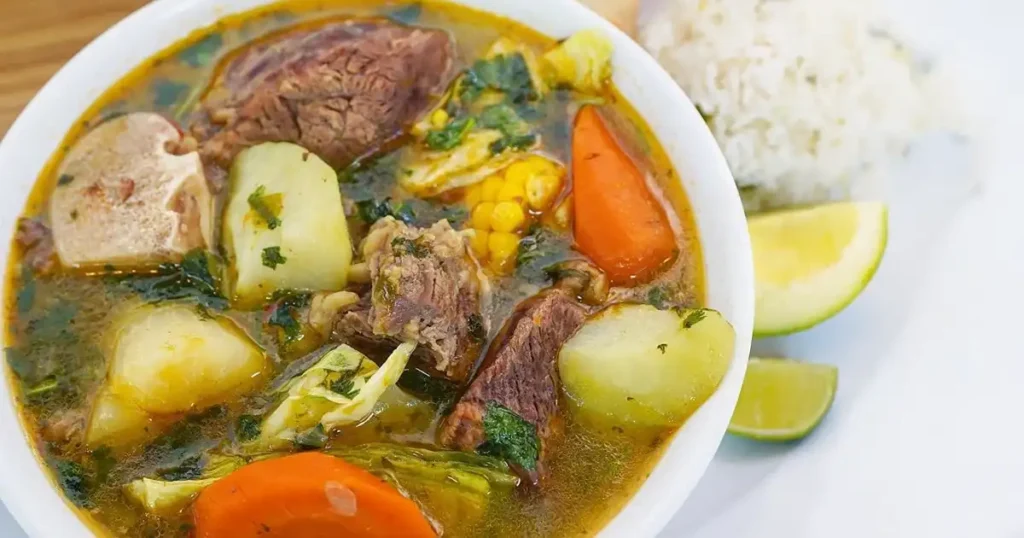
Guatemala, a land of vibrant culture and breathtaking landscapes, offers a culinary journey as rich and diverse as its history. At the heart of its gastronomic treasures lies a comforting and soulful dish known as Caldo de Res. More than just a beef soup, this traditional concoction is a warm embrace in a bowl, a staple in Guatemalan homes and a testament to the country's love for fresh, wholesome ingredients. Join us as we delve into the story, preparation, and cultural significance of this beloved national dish.
The Steaming History of Caldo de Res
The origins of Caldo de Res are believed to trace back to the Spanish colonial era, with influences from a Jewish dish called "adafina," a slow-cooked stew. Over the centuries, it has evolved and woven itself into the fabric of Guatemalan culinary identity. Often referred to simply as "cocido" (cooked), this humble yet flavorful soup is a weekly tradition in many Guatemalan households, believed to be a restorative and nourishing meal for the body and soul. Its widespread popularity is also due to its affordability and the accessibility of its ingredients, making it a dish that transcends social classes.
The Anatomy of a Perfect Caldo: Key Ingredients
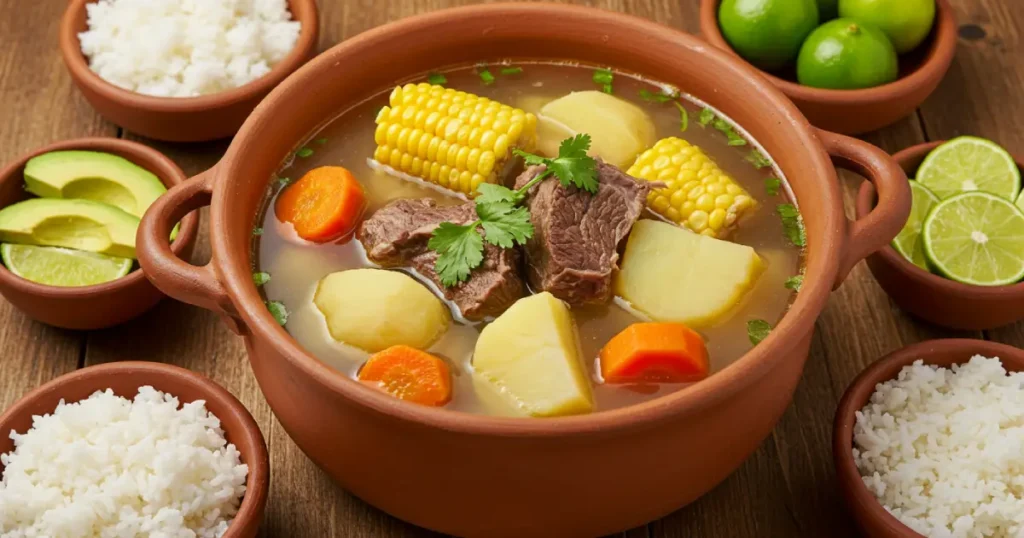
The magic of Guatemalan Caldo de Res lies in the symphony of its fresh and diverse ingredients. While recipes may vary slightly from one region to another, a classic Caldo de Res boasts a robust combination of tender beef and a colorful array of vegetables.
The Foundation: Beef and Broth
The soul of the caldo begins with the right cut of beef. Typically, a combination of beef rib and bone-in shank or stew meat is used. The bones are essential for creating a rich, flavorful, and gelatinous broth, which is the heart of the soup. The meat is slow-cooked to tender perfection, literally falling off the bone.
A Garden of Vegetables
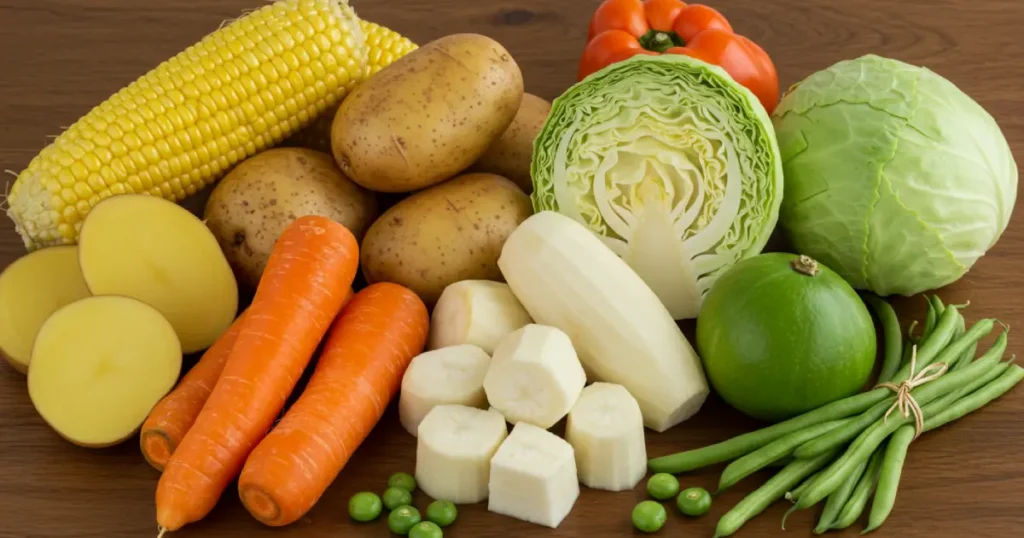
What truly sets Guatemalan Caldo de Res apart is its generous inclusion of hearty vegetables. These are often cooked whole or in large chunks, adding not only flavor and nutrients but also a beautiful visual appeal to the dish. Common vegetables include:
- Elote (Corn on the cob): Sweet and juicy, the corn is usually cut into thick rounds.
- Papas (Potatoes): Providing a starchy and comforting element.
- Zanahorias (Carrots): Adding a touch of sweetness and vibrant color.
- Güisquil (Chayote Squash): A pear-shaped light green squash that soaks up the flavors of the broth.
- Yuca (Cassava): A starchy root vegetable that adds a unique texture.
- Repollo (Cabbage): A large wedge of cabbage is often added towards the end of the cooking process.
- Ejotes (Green Beans): Sometimes tied in a knot for a decorative touch.
- Güicoyitos (Small squash): Similar to zucchini, adding a tender bite.
Aromatic elements like onion, garlic, and cilantro are fundamental in building the flavor profile of the broth.
The Art of Preparation: A Labor of Love
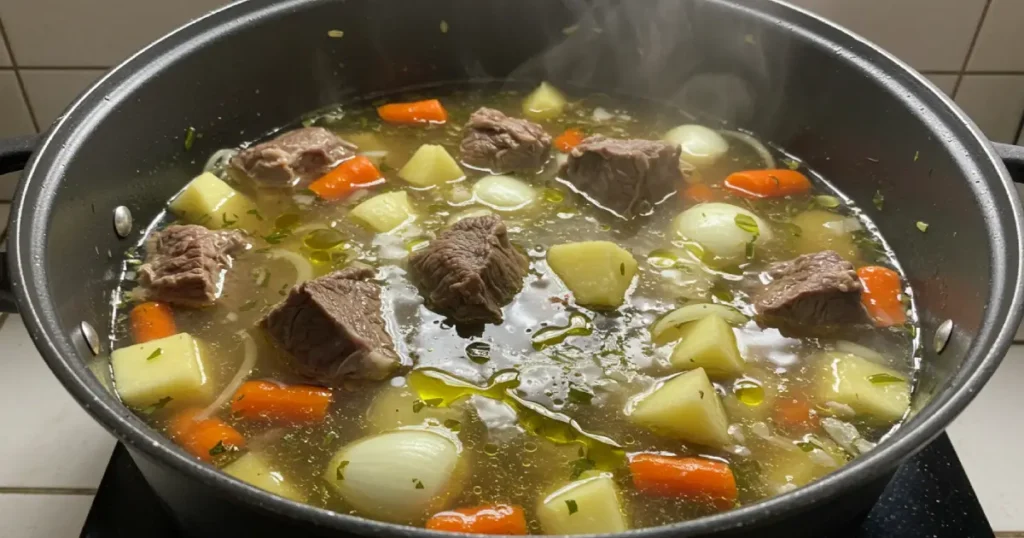
Preparing Caldo de Res is a patient and rewarding process. The cooking is typically done in a large stockpot, allowing all the flavors to meld together beautifully.
The process begins by simmering the beef and bones in water with salt, onion, and garlic for an extended period, often in a pressure cooker to tenderize the meat more quickly. As the meat cooks, any impurities that rise to the surface are skimmed off to ensure a clear broth.
Once the beef is tender, the vegetables are added in stages, starting with the heartiest ones like corn, carrots, and yuca, which require a longer cooking time. The more delicate vegetables like cabbage and zucchini are added towards the end to prevent them from becoming mushy. The entire pot is left to simmer, allowing the vegetables to cook through and absorb the rich flavors of the beef broth.
Serving and Savoring: The Guatemalan Way
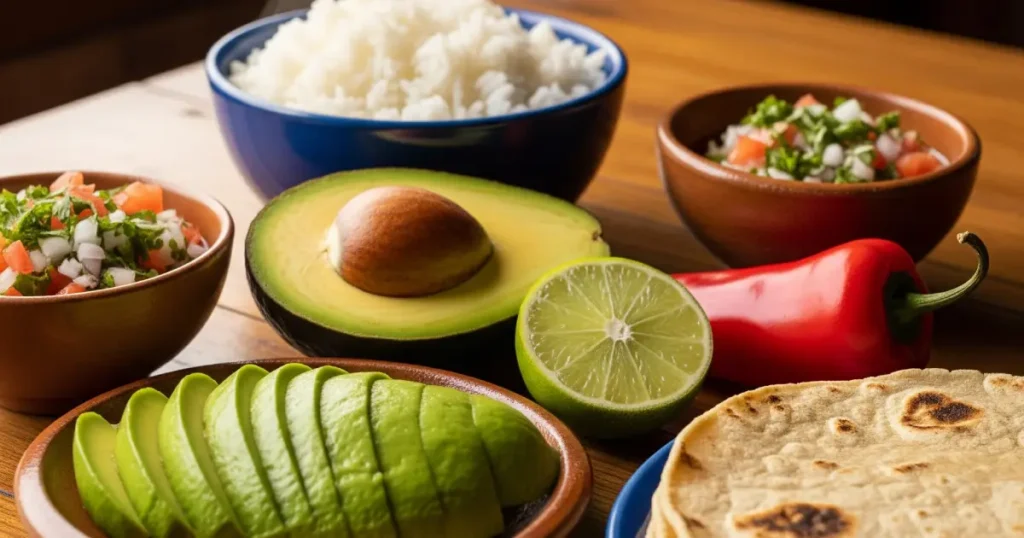
The presentation of Caldo de Res is an experience in itself. It is traditionally served in two parts. The flavorful broth is ladled into a deep bowl, often with a piece of corn and some of the smaller vegetables. The tender beef and the larger vegetable pieces are served on a separate plate.
This hearty soup is almost always accompanied by a side of white rice, fresh avocado slices, a wedge of lime for a citrusy tang, and a small bowl of "chirmol" or a simple "picado" of fresh cilantro and onion. For those who enjoy a spicy kick, a "chiltepe" (a small, fiery chili pepper) is a common addition. Freshly made corn tortillas are the perfect vehicle for soaking up every last drop of the delicious broth.
Regional Variations: A Taste of Diversity
While the core of Caldo de Res remains consistent, different regions in Guatemala add their own unique touch. In the eastern department of Jutiapa, the dish is an ancestral tradition, deeply rooted in the local culture. In the highlands of Huehuetenango, you might find slight variations in the vegetables used, depending on the local harvest. These regional nuances are a beautiful reflection of Guatemala's rich biodiversity.

Leave a Reply